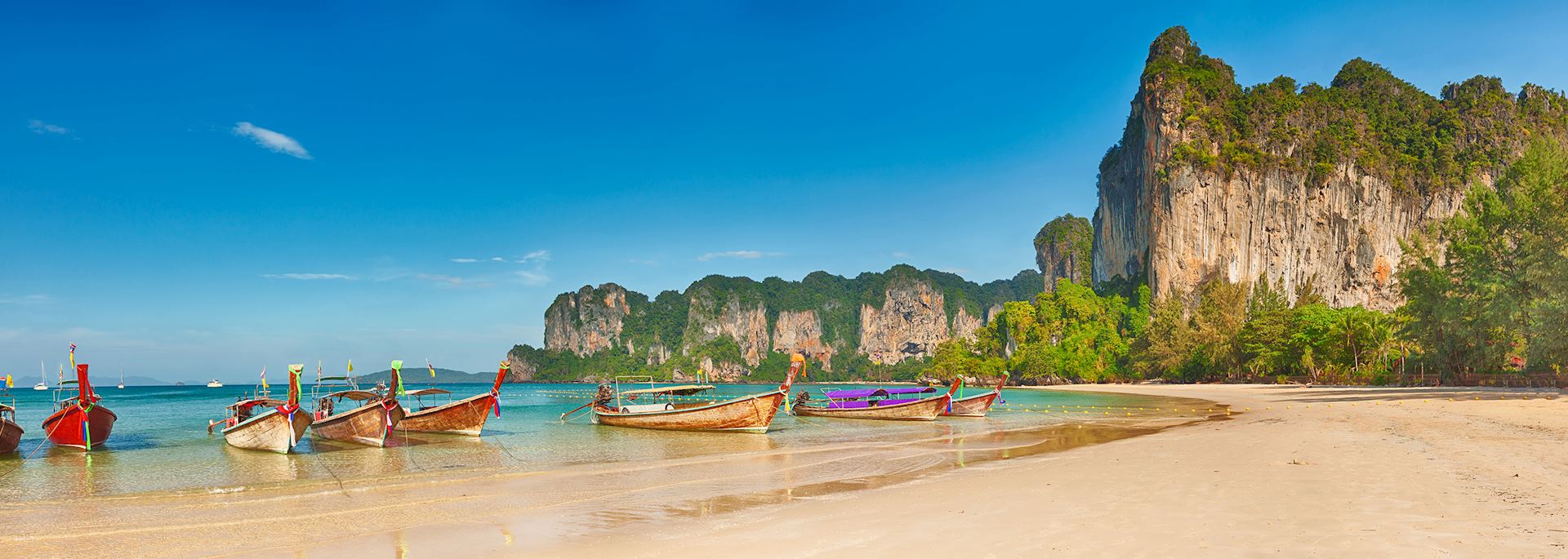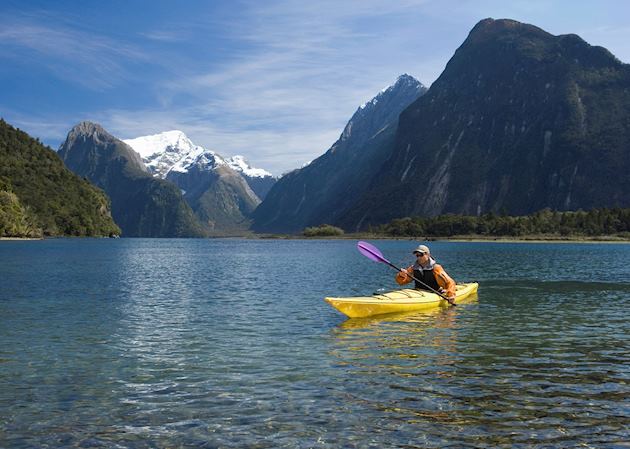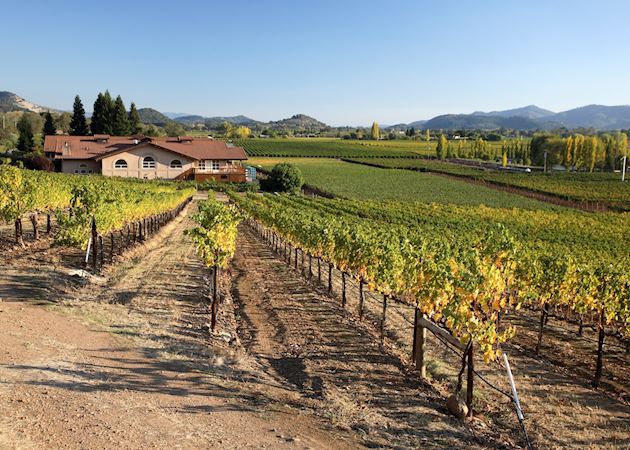Thailand specialist Mat reports back from his recent trip, where he put the guidebook aside and surrendered to the country’s coastal pleasures.
Leaving the UK, it was bitterly cold and pouring rain. As I stepped off the plane in Phuket, I was embraced by a wall of warm air and the sun hit my skin in a way it just doesn’t at home.
After a few years of restricted travel it was surreal to be here — and it felt so good to finally get away. I’ve talked to a lot of people who are eager to travel again and I’ve noticed that motives have changed a little bit. Some are exhausted and hankering to relax, while others are eager to simply spend quality time with family. However, there is one common theme — a desire to take things slow and make the most of every moment, often paired with a desire for more luxury.
There’s one destination that I think ticks all those boxes: Thailand. Or more specifically, its beaches. On my recent trip, I decided to take an in-depth look at some of the country’s best stretches of sand, from Phuket’s street-food-lined coast to the peaceful coves of Koh Yao Noi. That said, Thailand’s diversity means that you’ll discover more than just sun and sand, even if you just stick to the coasts and islands.
A coastal reset
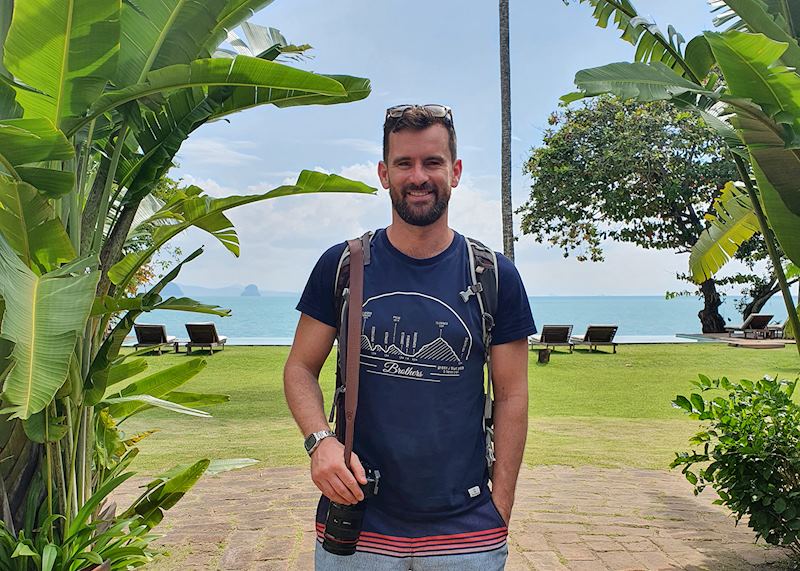
I was last in Thailand in June 2019, and as soon as I arrived in Phuket I noticed that things had changed for the better. The beaches were much cleaner and quieter than I remembered, and blacktip reef sharks had returned to the coral gardens, which were flourishing. Pausing to admire the views, I noticed little flashes of movement from the corner of my eye — tiny hermit crabs darting along the sand.
This reset was reflected across Thailand, bringing with it an opportunity to maintain these benefits, from a renewed conservation effort by beachside hotels, to new limits, or even a complete ban, on boats landing on some of the most delicate beaches. Thailand’s largest island, Phuket dangles just off the west coast just across the map from quieter Krabi. With an international airport and a wide variety of places to stay, it’s a great place to start your trip.
If you’re looking for a swanky escape to recover from your journey, every meticulously designed villa at Trisara has a private pool and panoramic ocean views. You could stay at your beachside retreat, lounging on the sand and soaking up the sun, but Phuket is made for exploring. You might take a food tour of Phuket Old Town, a thriving Portuguese trading port in the early 1900s. You’ll visit gloriously dilapidated buildings that now serve a medley of Indian-, Chinese- and Malaysian influenced food, the recipes descended from the town’s original inhabitants.
I also took an e-bike tour from the coast — a new experience for me. My guide and I passed through neatly planted coffee plantations, pineapple fields, and remote hamlets surrounded by rubber trees, glimpsing views across Phang Nga Bay. Pausing for a coffee break, and a welcome breather, we had a chance to discuss the history of the island.
Coconut Island
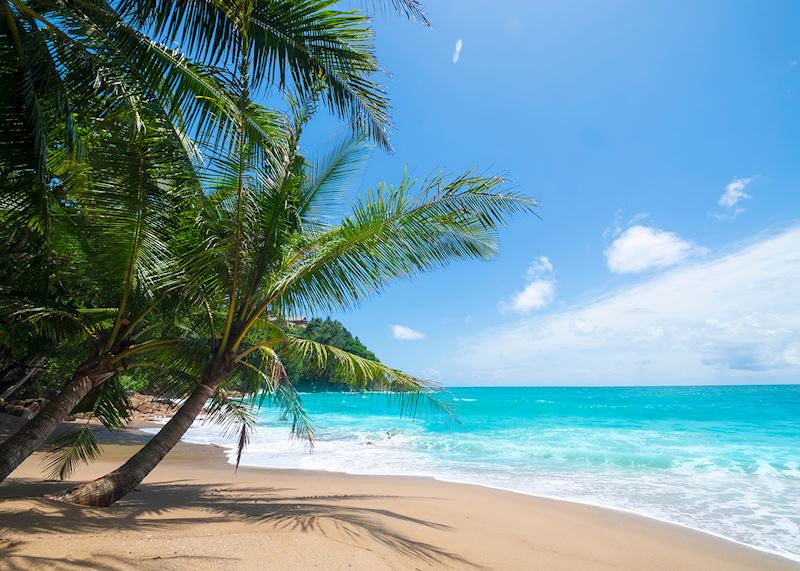
This was my 12th visit to Thailand, but I’m still discovering new things — this time, I stumbled on Coconut Island. This tiny scrap of sand off Phuket’s coast has a real desert-island feel to it, with just a couple of hotels and a thick canopy of its namesake palms.
This is where I suggest you visit if you’re looking to get away to spend quality time with family. Island Escape by Bursarai has some great-value pool villas large enough to give everyone their own space, as well as a play area that looks like it came straight out of Robinson Crusoe.
Into the jungle

It takes around two hours to drive from Phuket to the coastal province of Krabi, crossing the scenic bridge that connects the city to the Thai mainland. This time, however, I decided to take my time to explore the tiny islands and mangroves off Krabi’s northern coast.
Paddling through these thick tunnels of jungle with my guide, I felt more like I was in a remote corner of Borneo than in Thailand. These untouched waterways weave through clusters of mangroves, where birds flit through their canopies and crabs scuttle across roots as thick as my arm. Private guided tours like this have always been a highlight of my travels, and on this trip they felt even more meaningful.
My guide, Tam, was a fount of knowledge about the local area, but we also talked about his experiences over the past few years. Like many other guides, he had to pick up another job while the country was closed — he’d become a fisherman. I was one of his first guests and he, like everyone else I met, was unbelievably friendly, eager to get back to the profession he loves, and excited to show me around.
Thai scenery at its best
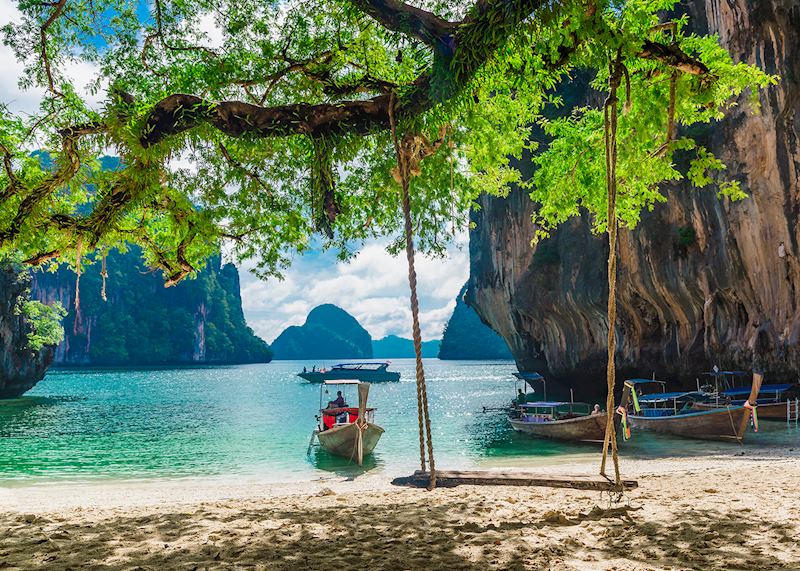
The coast of the sprawling Krabi province easily rivals Vietnam’s Halong Bay for sheer spectacle. Monolithic limestone karsts form curves of natural protection around a succession of bays and lagoons. Ao Nang Beach, a popular filming location, used to be one of the busiest, but when I visited, the turquoise water-lapped stretch of sand was almost empty.
My biggest discovery here was the new Banyan Tree hotel. I may have been riding high on the giddy sense of exploration, but I don’t think I’ve seen a better stay, everything was topnotch. Even the sunsets. It’s well set up if you simply want to relax, with stylish suites and villas, each with its own pool, built to make the most of the limestone karst-dotted water beyond.
And if you’re out to explore? That same karst-dotted water is waiting. You can paddle, snorkel, swim, dive, or simply sail through the bathwaterwarm bay to the islands beyond. And when you’re done? I highly recommend a massage on the beach.
But for me, it’s not just about the hotels. One of the reasons I’m passionate about Thailand is its cuisine, which is best appreciated in the locally owned restaurants, cafes, and street stalls. And I’m relieved to say that this hadn’t changed. Just a short walk down the beach from the Banyan Tree was a tiny restaurant serving fresh seafood right on the sand. My favourite dish was called Plah Talay, and it featured plump, briny shrimp and tender squid rings, dressed with a bright, fiery sauce that included lime, lemongrass, mint, and spicy peppers.
Finish in paradise
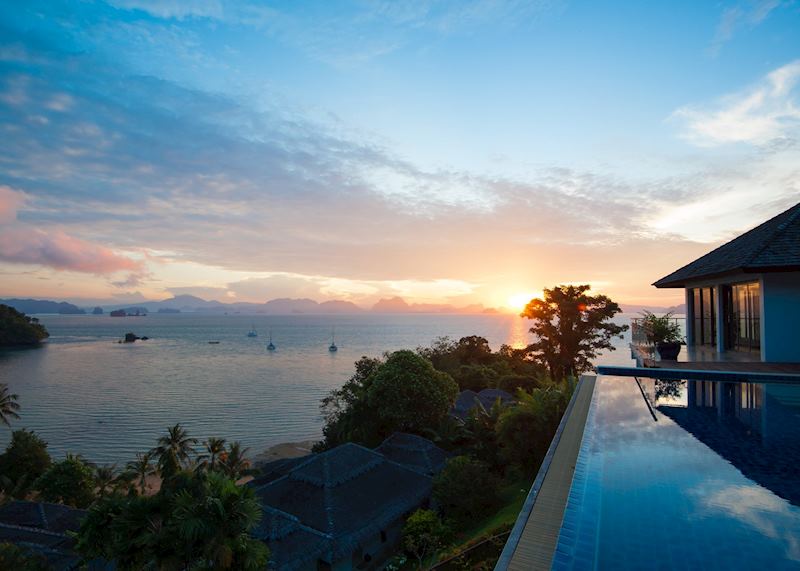
As a finale to my travels — one I suggest adding to any coastal Thailand trip — I visited Koh Yao Noi, a relatively undeveloped island in Phang Nga Bay. I’d chosen to relax at Paradise Koh Yao, a resort that was conceived over drinks in a beach bar. Owners Marc and Joseph drew a circle on a map of land within an hour of Phuket’s airport, and noticed a little beach at the tip of Koh Yao Noi was for sale.
It’s now a laid-back beach escape, with a series of suites and villas tucked among the palm trees. It reminds me of the Thailand I discovered on my first trip over 20 years ago, when the country still felt like a bit of a secret. There’s not much on the island, but as I dug my toes into the warm sand and watched the waves graze the empty beach, there wasn’t much more I could have asked for.
Get me there: We have a wide selection of itinerary ideas that include time on Phuket, Krabi, and Koh Yao Noi, and our specialists can shape a trip to your interests.

Was this useful?

